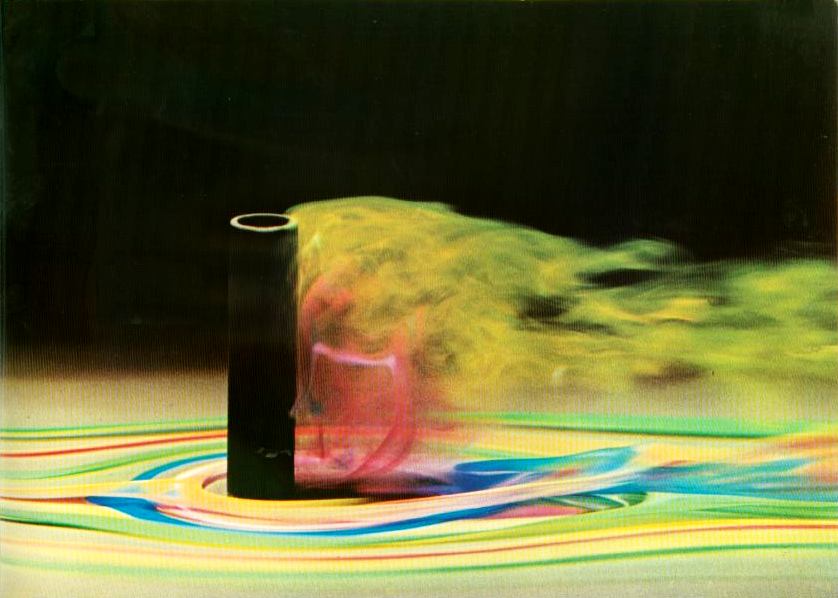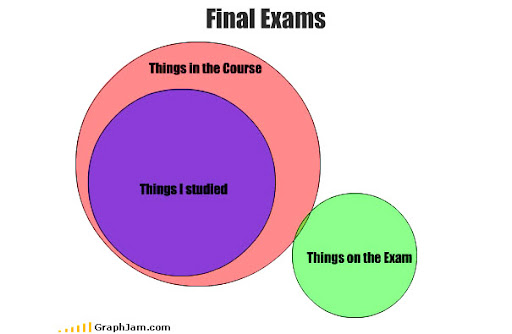Thursday, June 16, 2011
Every 3d movie ever made (well released theatrically)
/Film posted a infographic by Sony showing every 3d move ever made and the type of tech the 3d is being portrayed.
Link here
Wednesday, June 15, 2011
Global Climate and Gravity

Internet users divided by region, 2008
Tuesday, June 14, 2011
Keyboard Typing
This was a very interesting picture that I found also on GraphJam. It is a physical visualization. Professor Olson showed us some of these in class, such as the physical visualization wherein a ball appeared to roll up a hill because of the angle at which the camera was situated. I actually thoroughly enjoyed this graphic. It shows the data which it wishes to represent: the frequency with which letters on a keyboard are pressed. It is very simple so the viewer is induced to think about the substance of the data. The data is not distorted. It follows Tufte's Principles. Cool graphic.
Fast Food Nation
I found this on GraphJam.com It's a funny website that posts pop culture in graphic form. Which works well for this class. I chose this graph because it is still funny, but also informative, simplistic, true and yet visually appealing. While I still do find some faults with this graph as to its purpose - it seems to get a little sidetracked and does not appear to have one main purpose - it still is a good visualization in my opinion. It shows the data very clearly. It presents many numbers in a small space, and in doing so makes the large data sets coherent.
Good Code XKCD Graphic
I am find humorous visualizations the most fun of all. So those are the ones I find. Ergo, those are the ones I post on here. Instead of The Oatmeal. This time, this one comes from XKCD. I'm sure many people from class read XKCD and therefore many may have already seen this. This is actually a very simple visualization. But that follows Tufte's Principles. There's no need to make anything massively overblown when simplicity will suffice. And, it's about coding, which rings true for many in this class. This is a true and funny graph.
Angry Birds Graphic
While this may not be extremely educational, I consider very useful and true. Angry birds has 40 million active monthly users according to Rovio. I'm sure that many members of our class are either included in that number or have at least used the game once or twice in passing. This graphic is like a scale. It describes each type of bird succinctly and rather funnily. It has an image of each bird so the viewer can also visually see and remember and recall what they are looking at. Although this visualization may not serve a grandiose higher purpose, it accomplished its goal. YAY ANGRY BIRDS!
Sunday, June 12, 2011
TED talk: Why I taped my son's childhood
Saturday, June 11, 2011
World of Warcraft Global Statistics

Thursday, June 9, 2011
Fluid Dynamics
Comparing incomes
 Hey guys. The above shows the average amount of money a person makes in 40 years of work, depending on his education level. There is definitely a huge jump between a high school diploma and a bachelor's degree, so college is most likely worth it (not surprising for us). However, there doesn't seem to be much difference in terms of income between a bachelor's and a master's degree. Now a doctorate and professional degree, those look nice.
Hey guys. The above shows the average amount of money a person makes in 40 years of work, depending on his education level. There is definitely a huge jump between a high school diploma and a bachelor's degree, so college is most likely worth it (not surprising for us). However, there doesn't seem to be much difference in terms of income between a bachelor's and a master's degree. Now a doctorate and professional degree, those look nice.
CIA World Factbook Visualizations

This is a visualization that shows semantic relationships for each country, including neighboring countries, languages, water and terrestrial boundaries, and more.
As you can see from the visualization. France is in the center of the bubbles. It seems that all countries have a relationship with France. This visualization is great in sense that it does a great job on showing the relationship of each country.
Kevin Chen
33116245
3D mapping of a human chromosome

Wednesday, June 8, 2011
Preattentive processing
 This bubble map is an example of visualization which uses color for preattentive processing. When we look at this visualization, we notice the big orange bubble immediately. Such effect has the reason not only that the orange bubble is unique among the blue bubbles, but also the orange color is preattentive stronger at catching attention in comparison to the blue color.
This bubble map is an example of visualization which uses color for preattentive processing. When we look at this visualization, we notice the big orange bubble immediately. Such effect has the reason not only that the orange bubble is unique among the blue bubbles, but also the orange color is preattentive stronger at catching attention in comparison to the blue color.Macbook technical specifications table
LINK
Tuesday, June 7, 2011
Aaron Koblin: Artfully visualizing our humanity
Monday, June 6, 2011
Computer Animation
This post is slightly geared to those of us who dabble programming specifically computer animation. Its interesting to note that a simple human form composed of 16 sticks and 13 joints can portray so much variance in motion. This specific video talks about implementing style translation given a simple motion input and without knowledge of physics and kinetics, such a varied style translation is feasible.
Although this research by Dr.Kari Pulli, currently a Senior Director of Research at NVDIA is a few years old, but still the motion visuals and variations from the above mentioned sticks and joints figure may be fascinating and with a little bit of effort , doable in computer application that many of us can program ![]()
http://people.csail.mit.edu/ehsu/work/sig05stf/
~sanjay jauhar
Visualizing Emotions
http://visualizingmusic.com/2009/09/11/visualizing-emotion-in-lyrics/
-Alicia Carlin





